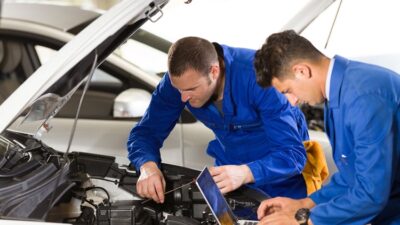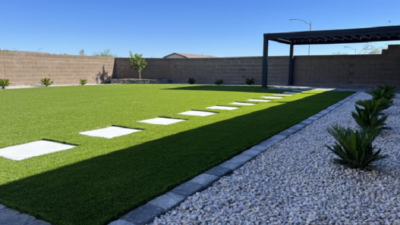Many people know about Lathe machine and saw in their laboratories or companies but are not aware much about the parts of lathe machines and lathe machine diagrams. So here we will explain what it is, how to use and its parts.
Lathe Machine
The removal of material from metal is called Machining, and the process usually happens in a machine shop that has special equipment.
Parts of lathe machine
Headstock:
The headstock is fixed on the machine and it consists of many pulleys, lever, spindle, chuck, and gear box.
-
Spindle:
The spindle is in the head box which rotates a shaft which is connected to the chuck. This chuck holds a work piece, so the work pieces also rotate.
-
Gear box:
The gear box is in the head stock which rotates the chuck at different speeds.
-
Chuck:
Chuck is used for mounting of metal pieces which are not round shape while having a triangular or square shape.
-
Tailstock:
The tailstock is a moveable part and could be locked. It consists of a barrel that can move forward and backward. Barrel consists of a Dead Centre which is used to support a work piece.
-
Carriage:
The carriage is also a movable part which moves on bed ways. It moves on left and right. It consists of the saddle, cross slide, compound rest, top slide or tool post and the apron. It is used as mounting and for the position of tool post.
-
Saddle:
The saddle has H shaped. It is on the carriage which helps cross slide to move back and forth on the machine.
-
Cross slide:
Cross slide is on the carriage and moves on the saddle. It moves back and forth to give depth of cut to the metal specimen by using hand wheel.
-
Compound rest:
Compound slide is on the cross slide which can rotate. It gives support to tool post. It is used in
taper turning by giving an angle. -
Tool post:
Tool post is on the compound rest and used to clamp the cutting tool.
-
Apron:
The apron is on the front of the saddle which has hand wheel and levers. It is used to control the movement of
carriage on the bed. -
Bed:
The bed is the main part of the machine which is fixed. It gives support to all parts of machine like Head stock, Tail stock, Carriage etc.
-
Way:
Way is machined on bed which is actually the rail and provide the movement to tailstock and carriage.
-
Lead screw:
It is a long threaded rod on the bed which provides an automatic feed to carriage from head stock to tail stock. It is used for giving threads to the work piece.
Lathe Machine Processes
Turning:
- The process in which diameter of a work piece reduces is called TURNING.
- It also used to give finishing the surface of the rod by the diameter of the rod.
- It can be done by giving feed from tail stock to head stock and by giving depth of cut.
Facing:
- The process which is used to reduce the length of a work piece is called FACING.
- It also used to give finishing along the face.
- It is done by giving feed from forward to backward (cross slide movement).
Step turning:
- The process which is used to remove excess material from the work piece is called STEP TURNING.
- It is done by giving depth of cut continuously left and right.
Taper turning:
- The process which is used to reduce diameter along length gradually is called TAPER TURNING.
- It is used to make metal surface inclined at an angle to a fixed length.
- It is done by fixing compound slide on a given angle.
Knurling:
- The process which is used to give straight lines angled lines and curved lines to a work the piece is called KNURLING.
- It is used to give different patterns on the fixed length of the work piece.
- It is done by knurling tool (having two rollers of opposite pattern) touching it to work the piece at low speed.
Threading:
- The process which is used to make threads is called THREADING.
- It is used to make threads of required length and depth on a work piece.
- It is done by fixing tool perpendicular to the axis of work piece and by giving automatic feed at low speed.
Boring:
- The process in which material is removed from the inside of work piece is called BORING.
- It is used to enlarge the inner diameter of the hole.
- It is done by using a tool called a boring bar along the axis of the workpiece.
Drilling:
- The process which is used to make a cylindrical hole in the workpiece is called DRILLING.
- It is done by a tool drill bit fixed it on the tail stock revolving against the revolution of work piece.
Reaming:
- The process which is used to finish already drilled holes in the workpiece is called REAMING.
- It is also used to enlarge the drilled hole of the workpiece.
- It is done by using a tool called a reamer fixing it on the tail stock like drilling but at low speed.










Comments